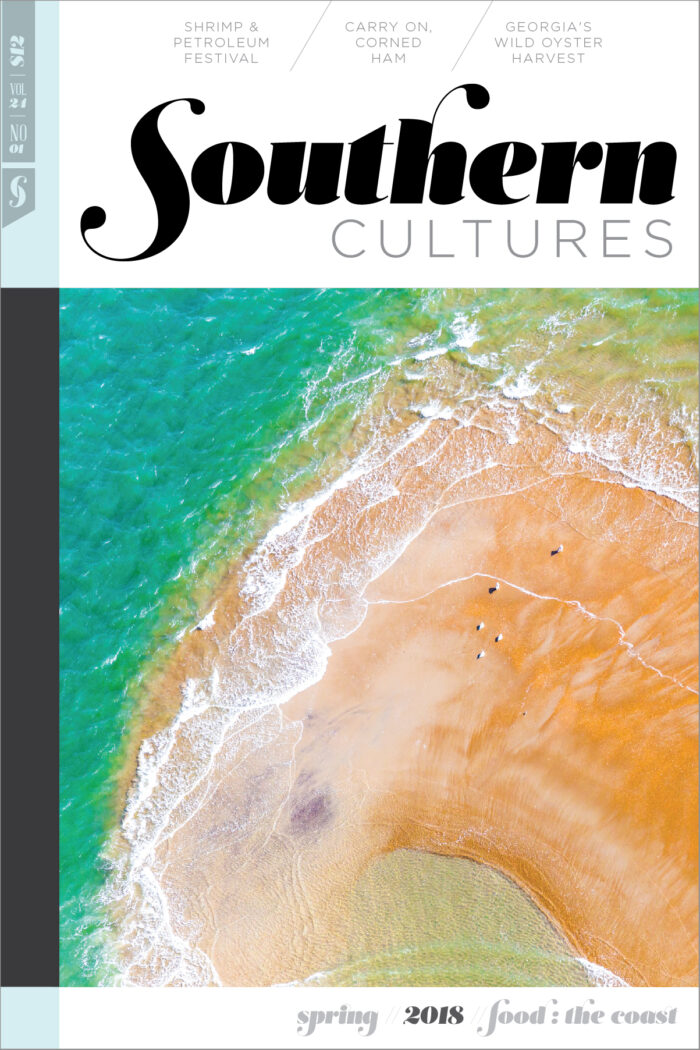“‘Dealing directly with nature is a very chancy proposition. She’s a sort of a jealous thing.’”
My Florida childhood was muddy, awash in alligators, salt spray, and briny oysters. I grew up on—and in—northeast Florida’s Matanzas River, a marshy estuary snaking from St. Augustine in St. Johns County southward into Flagler County. Layers of history are imprinted on the Matanzas, from shell middens of early indigenous people, Spanish landmarks, and the sites of bloody battles, to remnants of 1900s homesteaders, hunting clubs, and kitschy 1950s attractions. The river supports robust commercial and recreational fishing, thanks to efforts of conservationists in the 1990s. It is one of the last places in only a handful on Florida’s east coast where we can still harvest oysters. But to live in Florida today is to live in a paradox. The climate warms, sea levels rise, and storms batter us with increasing frequency, yet nearly 1,000 people move to Florida each day. The ramifications are a tired but dire story: subdivisions subsume floodplains, coasts erode, corals bleach, fresh water dwindles, species extinguish.


